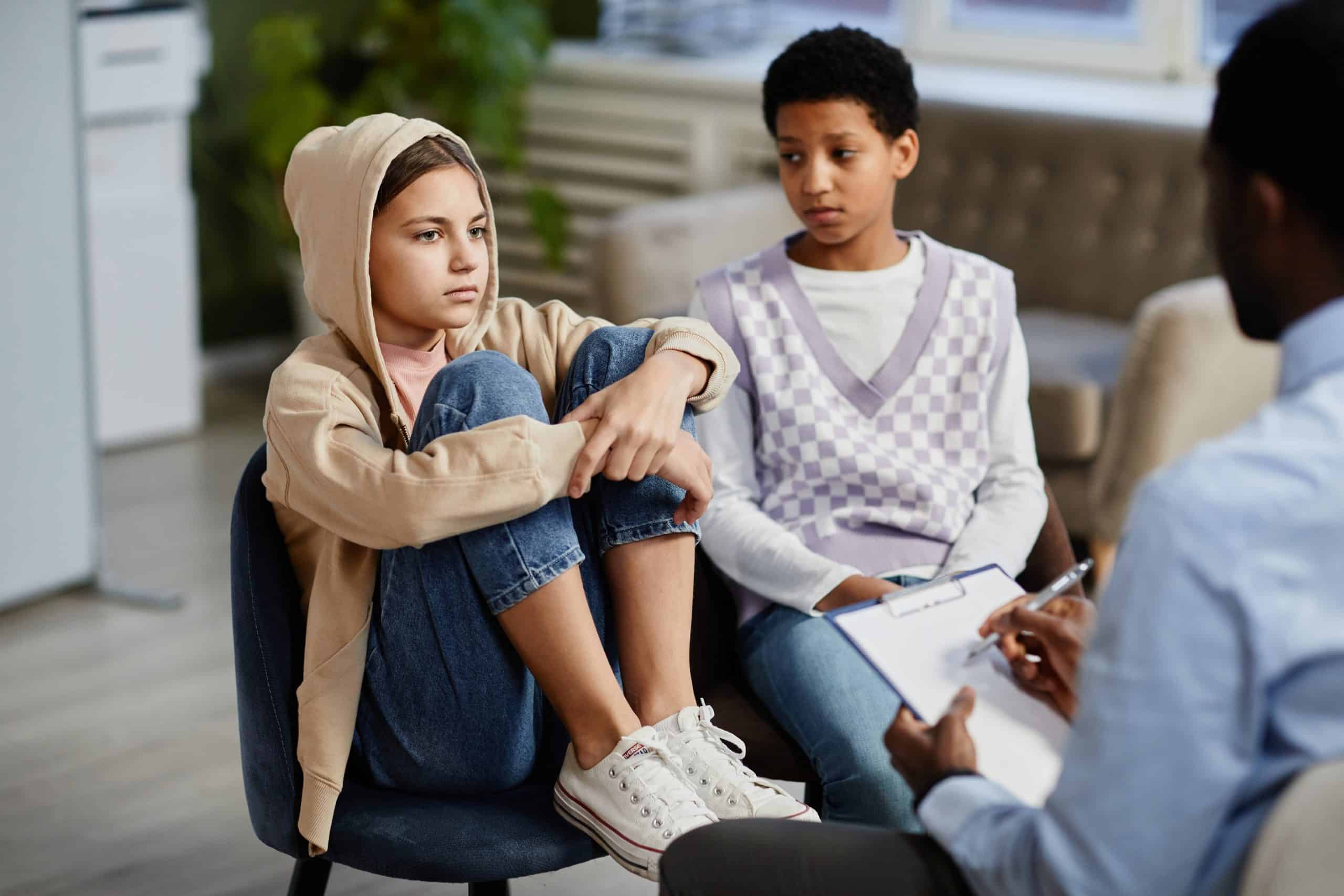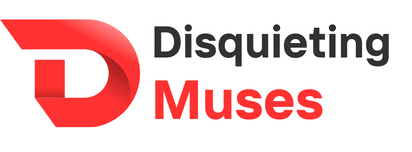How to Manage Seasonal Affective Disorder with Light Therapy?

You may experience a significant shift in your mood as the seasons change, especially during winter. This phenomenon is often signified as Seasonal Affective Disorder (SAD), a type of depression that follows a seasonal pattern. However, light therapy has emerged as a promising treatment to manage this disorder. In this article, we delve into the details of how light therapy can help you combat SAD, analyze its effectiveness, and explore its influence on your mental health.
Understanding Seasonal Affective Disorder
Seasonal Affective Disorder is a recurring depressive disorder with a seasonal pattern, primarily manifesting in late fall or early winter and remitting by spring. Interestingly, some people can also develop symptoms during the summer months. According to PubMed, a renowned health research database, SAD is common, affecting about 5% of adults in the U.S.
In the same genre : What Are the Health Benefits of Omega-3 Fatty Acids for Postpartum Women?
Different people may experience SAD differently, but the most common symptoms include the feeling of sadness or depression almost every day, loss of interest in activities you once enjoyed, sleep issues, changes in appetite or weight, agitation, sluggishness, feeling hopeless, worthless, or guilty, difficulty concentrating, and frequent thoughts of death or suicide.
Light Therapy as a Treatment for Seasonal Affective Disorder
Light therapy, also known as bright light therapy or phototherapy, is a common treatment for various types of depression, including SAD. It involves exposure to artificial light using a device called a light box. This is not a typical light you have in your homes. The light box produces a bright light, typically emitting a controlled amount of lux, a measure of light intensity.
This might interest you : Best practices for consultants to optimize biopharmaceutical processes
The concept behind light therapy is to mimic outdoor light and cause a biochemical change in your brain that lifts your mood and eases other symptoms of SAD. The therapy is usually conducted in the morning, with sessions ranging from 20 minutes to more than an hour.
The Effectiveness of Light Therapy for Seasonal Affective Disorder
Several studies substantiate the effectiveness of light therapy in treating SAD. Analysis of different researches on PubMed reveals that light therapy significantly improves the symptoms of SAD, such as mood swings, carbohydrate cravings, lethargy, and sleep problems.
One study demonstrated that light therapy has a similar effect to antidepressants within the first three weeks of treatment. Another research indicates that patients find light therapy more convenient and easier to comply with than other treatments.
However, the effectiveness of light therapy depends on a variety of factors such as the duration and intensity of light exposure, the timing of light therapy, and individual responsiveness.
The Influence of Light Therapy on Mental Health
While light therapy is primarily used to treat SAD, its benefits extend to improving overall mental health. It aids in regulating your sleep-wake cycle, especially for people whose circadian rhythm has been disrupted due to lifestyle or work patterns.
Moreover, light therapy can also alleviate other forms of depression, bipolar disorder, and sleep disorders. It also helps to increase the effectiveness of antidepressant medication or mental health counseling (psychotherapy). It’s worth noting that while light therapy can significantly aid in treating mental health conditions, it’s not a standalone treatment option. It’s often part of a comprehensive treatment plan.
Safety and Side Effects of Light Therapy
While light therapy is generally safe, side effects, although rare, can occur. These include eyestrain, headache, nausea, and agitation or feeling jittery. However, these effects are usually mild and short-lived, often disappearing within a few days to a week of starting light therapy.
It’s essential to consult with a healthcare professional before starting light therapy, especially for people with certain medical conditions or who take certain medications. Your healthcare provider can guide you on how to use the light box correctly and monitor your response to the treatment.
In conclusion, Seasonal Affective Disorder is a prevalent issue that affects a significant number of people, especially during the winter months. However, with treatments like light therapy, it’s manageable. Remember that it’s always important to reach out to a healthcare provider if you’re dealing with symptoms of SAD or any other mental health condition.
Incorporating Light Therapy into Your Routine
Incorporating light therapy into your daily routine can be relatively straightforward. The treatment typically involves sitting near a light box first thing in the morning, for a period ranging from 20 minutes to an hour. The light box should be positioned in such a way that the light enters your eyes indirectly. Looking directly into the light can lead to eyestrain.
Keep in mind that light boxes are not regulated by the Food and Drug Administration (FDA), so it’s crucial to purchase one that’s been clinically tested. The Mayo Clinic recommends choosing a light box that provides an exposure of 10,000 lux of light, which is about 20 times greater than regular indoor lighting. Light boxes that emit this intensity of light can usually help alleviate SAD symptoms within a few days to a week.
To incorporate light therapy into your routine, you can sit near the light box while you have breakfast, read, or work on your laptop. It’s essential to be consistent with your light therapy sessions as skipping days can lead to a recurrence of symptoms.
Moreover, you should not use tanning lamps or tanning beds as substitutes for light therapy boxes. These emit high levels of ultraviolet (UV) light, which can be harmful to the eyes and skin.
How to Optimize the Benefits of Light Therapy
While light therapy has been proven to be highly effective in managing Seasonal Affective Disorder, it’s essential to use it correctly to optimize its benefits. Timing and consistency are crucial factors. Most health care professionals recommend using the light box within the first hour of waking up in the morning. This can help regulate the body’s internal clock or circadian rhythm, thus improving mood and energy levels.
Moreover, while light therapy can help reduce the symptoms of SAD, it should not replace other forms of treatment. Light therapy is most effective when combined with other treatments such as medication and psychotherapy.
Another way to enhance the benefits of light therapy is through lifestyle modifications. Regular physical exercise, a healthy diet, getting enough sleep, and reducing stress can all contribute to better mental health. Taking steps to manage stress, such as yoga, meditation, or deep breathing exercises, can complement the effects of light therapy.
In addition, spending time outdoors during daylight hours or keeping curtains open during the day to let in natural light can also support the effectiveness of light therapy.
Conclusion
In summary, Seasonal Affective Disorder (SAD) is a common but manageable mental health condition. Light therapy, involving the use of a light box to mimic outdoor light, has proven to be an effective treatment for the symptoms of SAD. While light therapy is generally safe, it is essential to consult with a healthcare provider before beginning a regimen, as side effects can occur. Incorporating light therapy into your daily routine and optimizing its benefits through consistent use and lifestyle modifications can significantly enhance your mental health during the dark winter months. Always remember to reach out to a healthcare professional if you’re experiencing symptoms of SAD or any other mental health issue.
